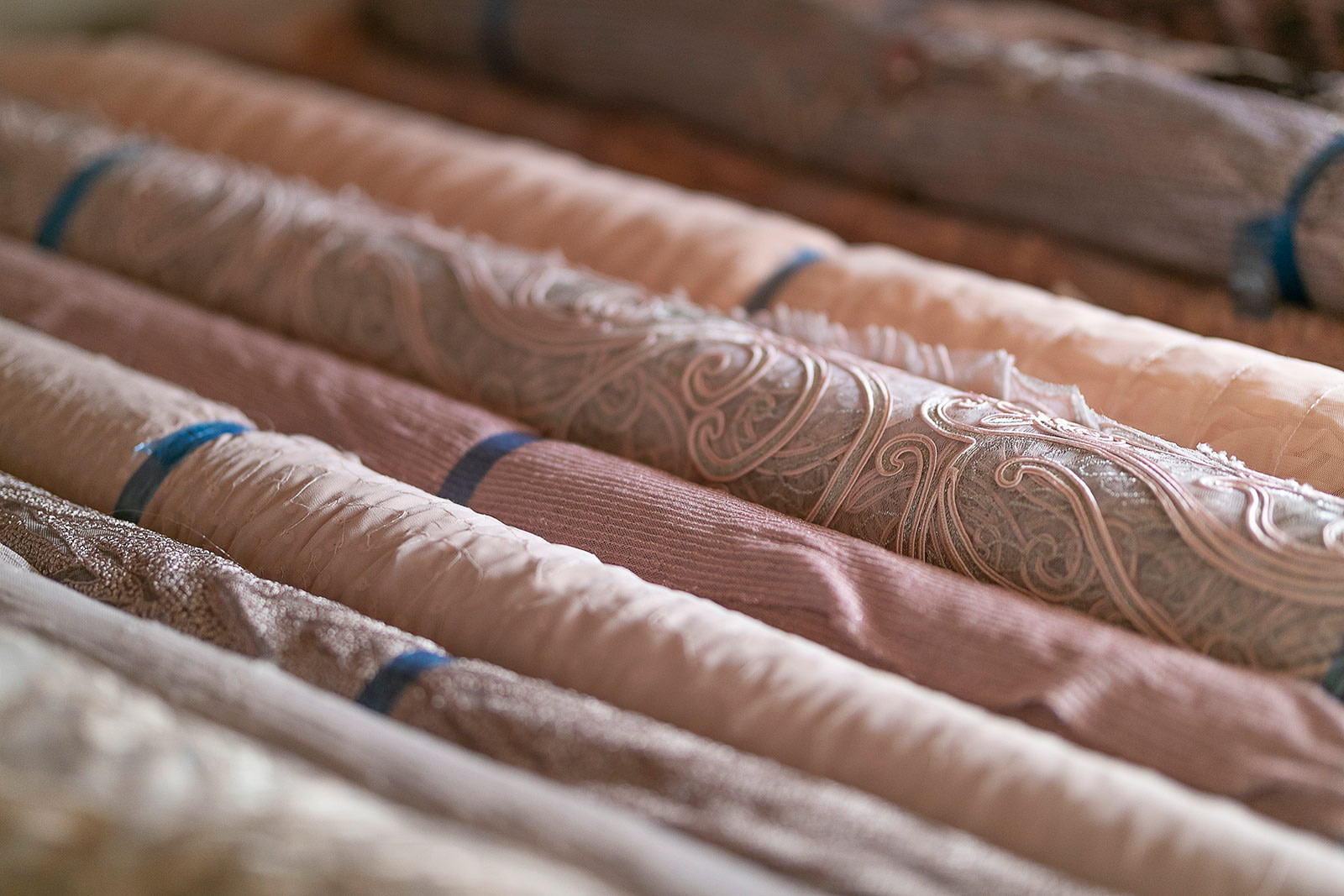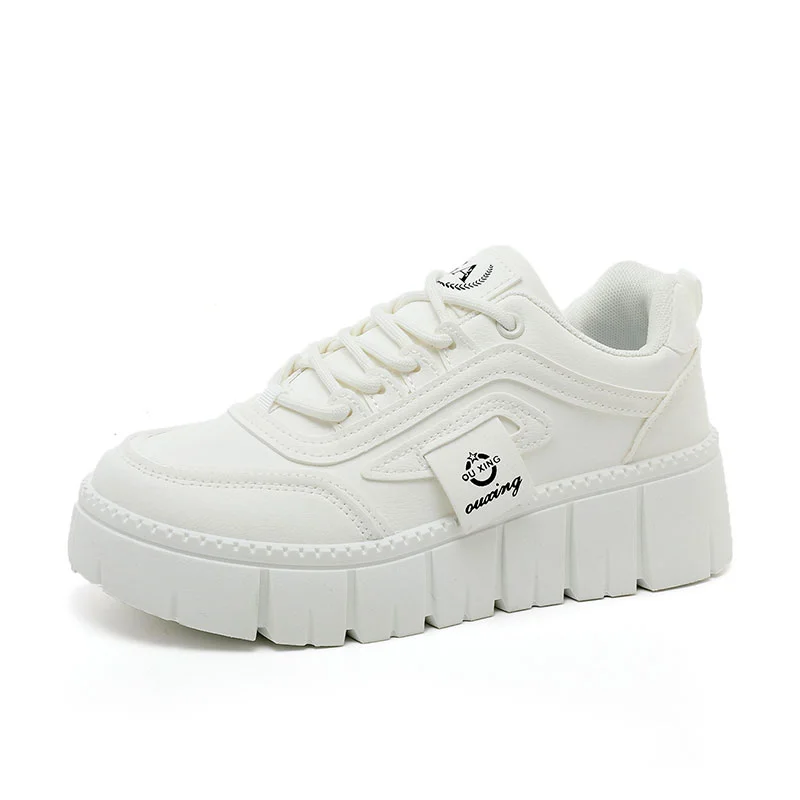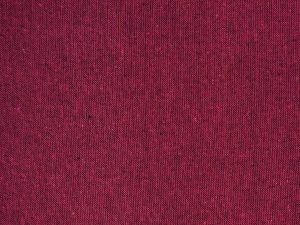When it comes to choosing the perfect fabric for your clothing and home textiles, the debate between 100% linen and cotton has long been a topic of discussion. Both fabrics have their own unique characteristics and benefits, but which one truly reigns supreme in terms of quality and performance? In this comprehensive analysis, we will delve deep into the properties of 100% linen and cotton to determine which fabric stands out as the superior choice.
Layer 1: Fabric Composition and Origin
100% Linen:
- Linen is a natural fiber derived from the flax plant, known for its durability and breathability.
- The production process of linen involves harvesting flax plants, retting, spinning, and weaving to create the final fabric.
- Linen is highly absorbent and has excellent moisture-wicking properties, making it ideal for warm weather.
Cotton:
- Cotton is a natural fiber obtained from the cotton plant, prized for its softness and versatility.
- Cotton cultivation involves planting cotton seeds, harvesting the cotton bolls, ginning, spinning, and weaving to produce the fabric.
- Cotton is known for its comfort, hypoallergenic properties, and ease of care.
Layer 2: Performance and Durability
100% Linen:
- Linen fabric is renowned for its exceptional strength and longevity, becoming softer and more lustrous with each wash.
- Due to its natural fibers, linen is resistant to pilling and abrasion, making it a durable choice for everyday use.
- However, linen tends to wrinkle easily, requiring ironing or steaming to maintain a crisp appearance.
Cotton:
- Cotton fabric is soft, breathable, and gentle on the skin, making it a popular choice for clothing and bedding.
- Cotton is relatively low-maintenance and can withstand frequent washing without losing its shape or color.
- While cotton is less prone to wrinkling compared to linen, it may shrink over time if not cared for properly.
Layer 3: Environmental Impact and Sustainability
100% Linen:
- Linen is considered a sustainable fabric due to the minimal water and pesticide usage in flax cultivation.
- Flax plants are resilient and can thrive in poor soil conditions, reducing the need for chemical fertilizers.
- Linen production has a lower environmental footprint compared to cotton, making it a more eco-friendly choice for conscious consumers.
Cotton:
- Conventional cotton cultivation is associated with high water consumption, pesticide use, and soil degradation.
- Organic cotton farming practices prioritize environmental sustainability by avoiding synthetic chemicals and promoting soil health.
- While organic cotton is a more sustainable option, it may come at a higher price point compared to conventional cotton.
Conclusion:
In conclusion, the debate over whether 100% linen is better than cotton ultimately depends on individual preferences and intended use. 100% linen excels in terms of durability, breathability, and eco-friendliness, making it a top choice for those seeking a sustainable and long-lasting fabric. On the other hand, cotton offers softness, comfort, and ease of care, making it a versatile option for everyday wear and home textiles. Ultimately, the decision between 100% linen and cotton comes down to personal priorities, whether it be sustainability, performance, or comfort. By understanding the unique properties of each fabric, you can make an informed choice that aligns with your values and needs.









+ There are no comments
Add yours